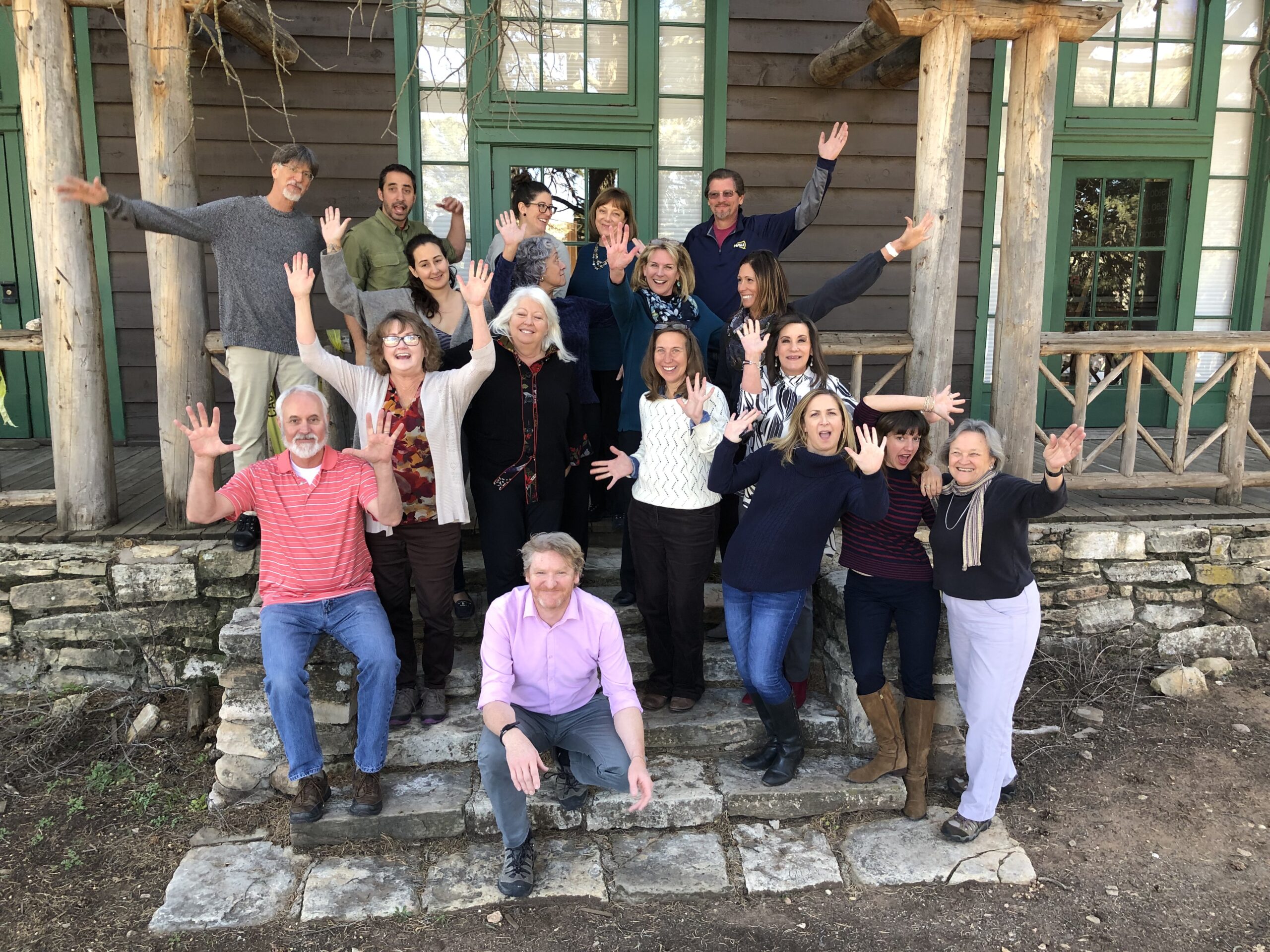Creating a Culture of Strategic Thinkers

by Cynthia Seelhammer View Bio
For the past 31 years I have worked in local government, most of the time as a manager overseeing the staff, and working with elected councils and boards. Early on I realized that my employees were often so overwhelmed by the day-to-day work and tasks that they did see what might be coming next. I was surprised to see that they were surprised, and often caught off guard.
I believe people make better choices when arranging their work if they can understand the big picture and put issues in perspective. Seeing the big picture helps give context to the work of the organization. When I worked for smaller organizations, I was able to have an all-staff meeting every week, the day after the night of a council meeting. I would summarize each of the topics that the council had discussed, explain the differing perspectives, and tell the staff what the elected officials had voted to do.
Then I would ask the department heads and relevant staff “Now what? What comes next?”
Together we would discuss and create possible futures, and define the steps to get there. Sometimes I would quote the African proverb “If you want to go fast, go alone. If you want to go far, go together.” I know that all of us together are smarter than any one of us alone when it comes to figuring out the future.
When I was young, I was a big fan of Star Trek and I identified with Mr. Spock because he saw things logically. I know that I still tend to be persuaded by logic, but I have learned over time to accept that many people need to process more than logic when considering the future. There are emotions, feelings, history, traditions, rules, and even fears that must be considered along with the logical next steps.
One of my bosses used to encourage ideas from staff by saying: “I’m pretty smart, but I’m lucky to come up with one good idea a month. That’s good, but not nearly as good as if everyone is generating ideas.” If everyone came up with one good idea a month – and shared it, he said, that would be thousands of good ideas to improve the organization and move into a successful future.
I realize that encouraging good ideas assumes that everyone can see the big picture and is looking ahead to what comes next. Ideas to fix things in the past might not be relevant in the future. For example, ideas about fax machines or pagers would be of little help in our world of smart phones. Solutions for drought might not be helpful when dealing with flooding.
When I lead a committee meeting, here are questions that help to get at the real issues:
What is the real problem, what are we trying to solve?
Why is it a problem?
Can we explain, in a simple way, what the problem is?
Do others agree that this is indeed a problem?
How many different ways could we fix this?
What have we done before, what do other organizations do, what have we not tried yet?
Who is impacted?
What are the costs?
If we fix this, then what?
What comes next?
Simon Sinek suggests that successful leaders “Start with Why,” ensuring that people understand the heart of why any movement or organization exists. Some people suggest asking “Why?” at least three times helps to get to the heart of any matter.
In my experience, people hunger for a system that explains their surroundings and what is happening. Why are certain decisions made? It takes a lot of time to communicate the why. Probably more than we realize. One communications expert told me that when the time comes that you have communicated over and over again, spread your message so much and so often that you cannot imagine there is anyone who has not heard it – in reality, at that point, you have probably just begun to scratch the surface.
It is easy to get caught up in the day-to-day stress of hot topics and urgent requests. Even when that happens, it is wise to take the time to always explain the big picture, ensuring that people doing work for you understand why, and can think about “what comes next.” Better decisions and results come from this.
MORE BLOG POSTS
How Have Your Limits & Expansions Changed?
It snowed 32 inches the last weekend of April. Lucky for me, I love to ski. And I get to think, “Still skiing!” I’ve had that thought throughout the spring months as …


